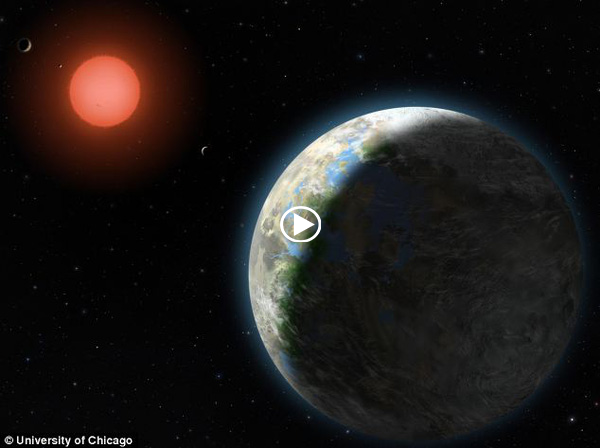This is the latest hypothesis from researchers at the University of Chicago and the Northwest (United States).
Previously, based on data from NASA’s Kepler spacecraft, scientists estimated that there is always at least one Earth-sized planet capable of supporting life within the range of each dwarf star. Red (small, low-temperature star, ~ 40% of the Sun’s mass, orbiting the planets) occurs in the Milky Way. On average, there will be billions of planets capable of supporting life like Earth.
A new study from the University of Chicago and Northwestern University suggests the Milkway could contain around 60 billion potentially vital planets orbiting red dwarf stars.
The reason why the number of these planets can grow so large is that the team found that the cloud cover (similar to the troposphere or the atmosphere surrounding the Earth) on each planet helps that planet to have life.
This layer of cloud cover not only helps block sunlight and radiation, but also helps reduce heat, retain the necessary amount of moisture and water.
Scientists believe their new hypothesis could pave the way for wider exploration of the Milky Way, with the construction and commissioning of a new space observatory in 2018.


